|
Polygonia egea / Southern Comma
Egea
Nymphalidae - Nymphalinae
Polygonia egea (Cramer, [1775]). TL: Istanbul and Izmir.
 
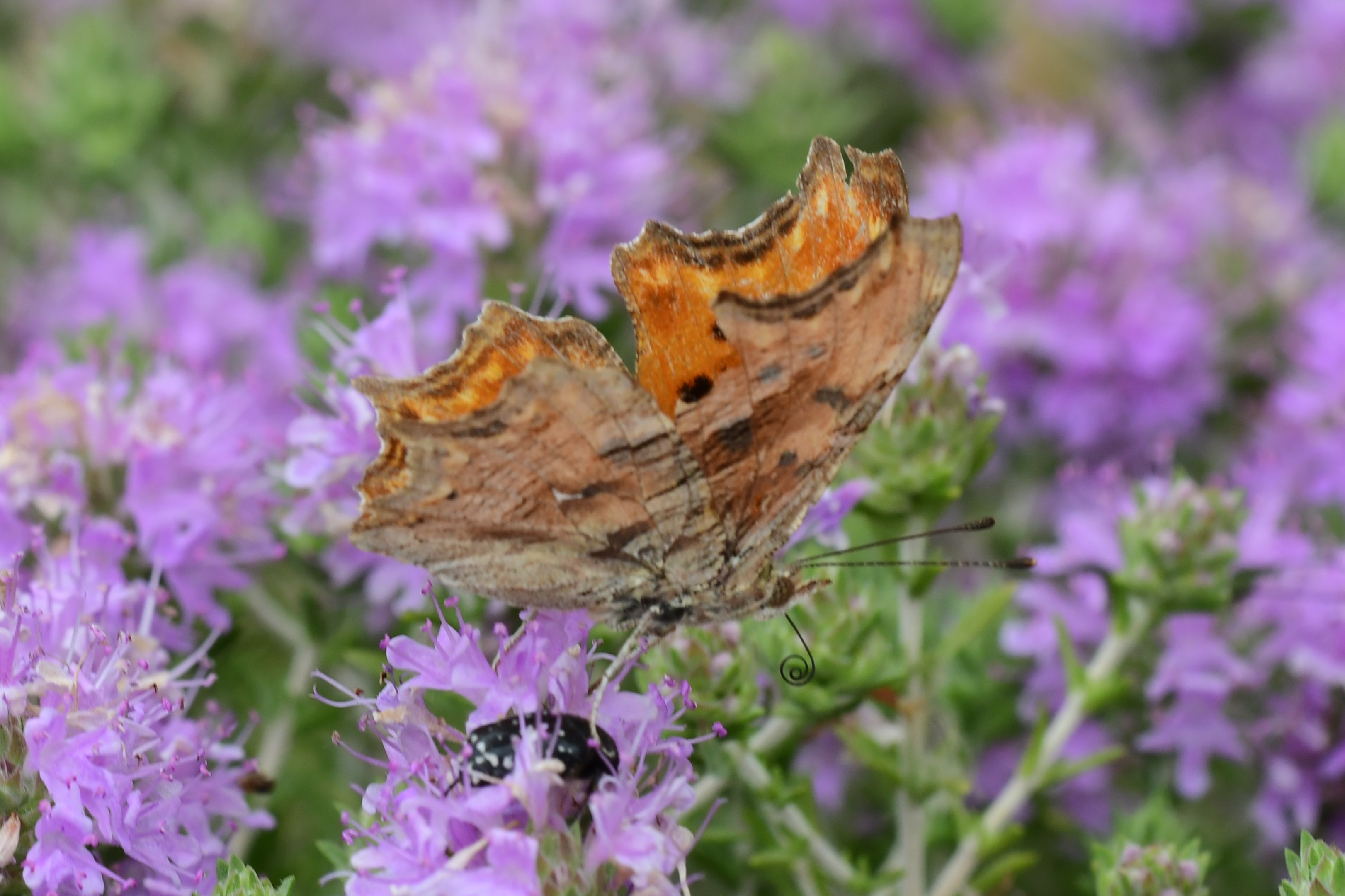 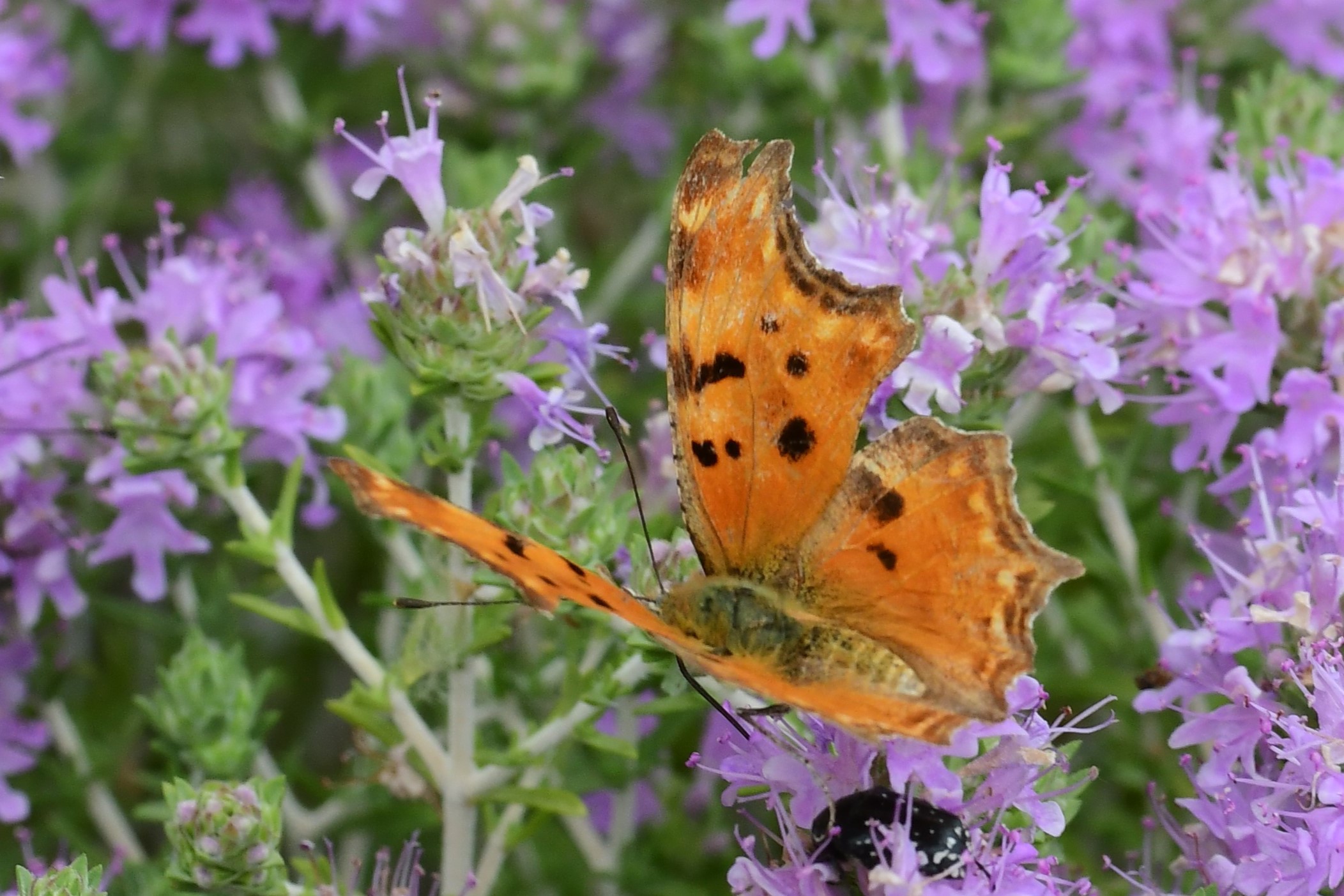
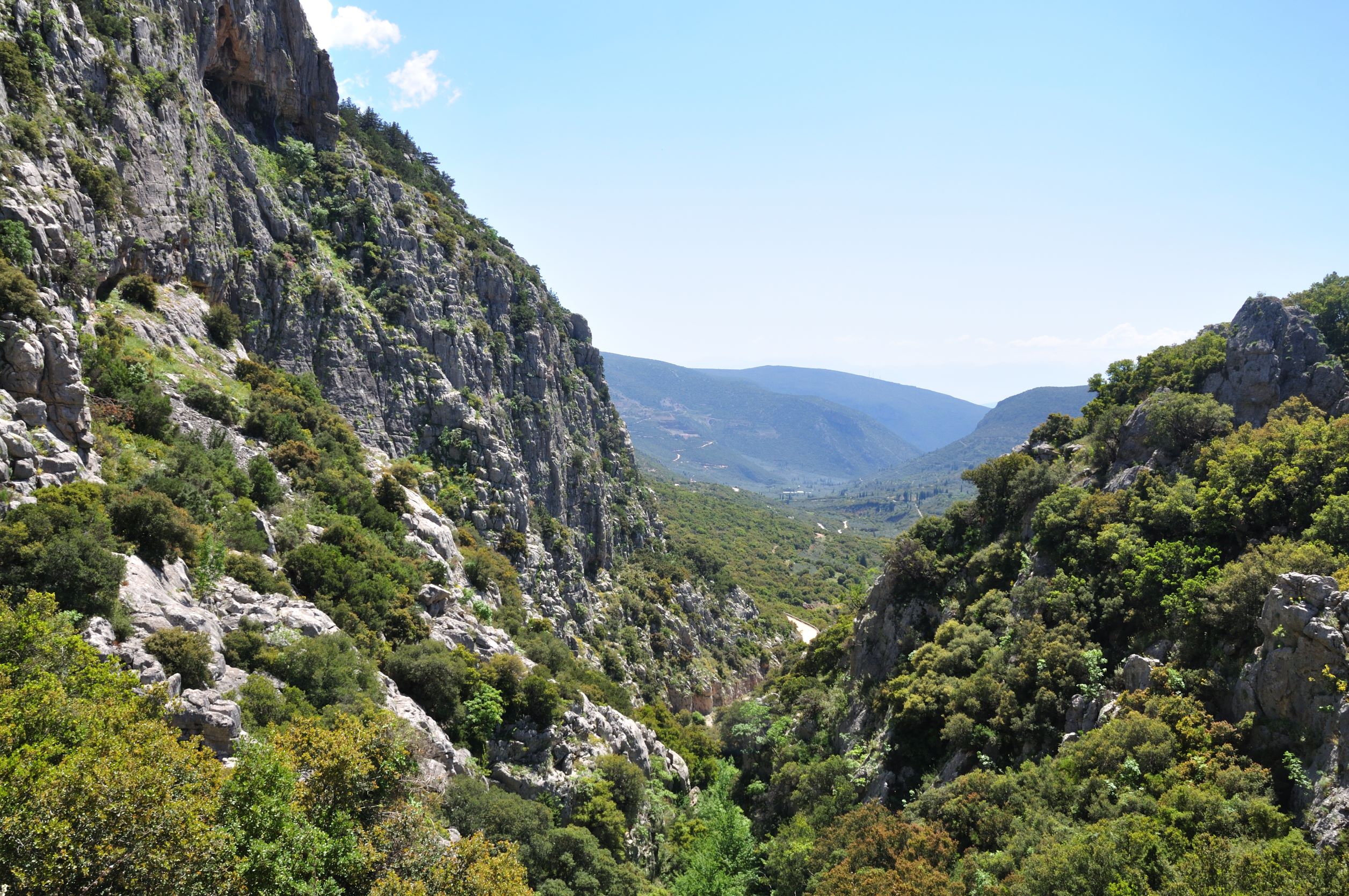 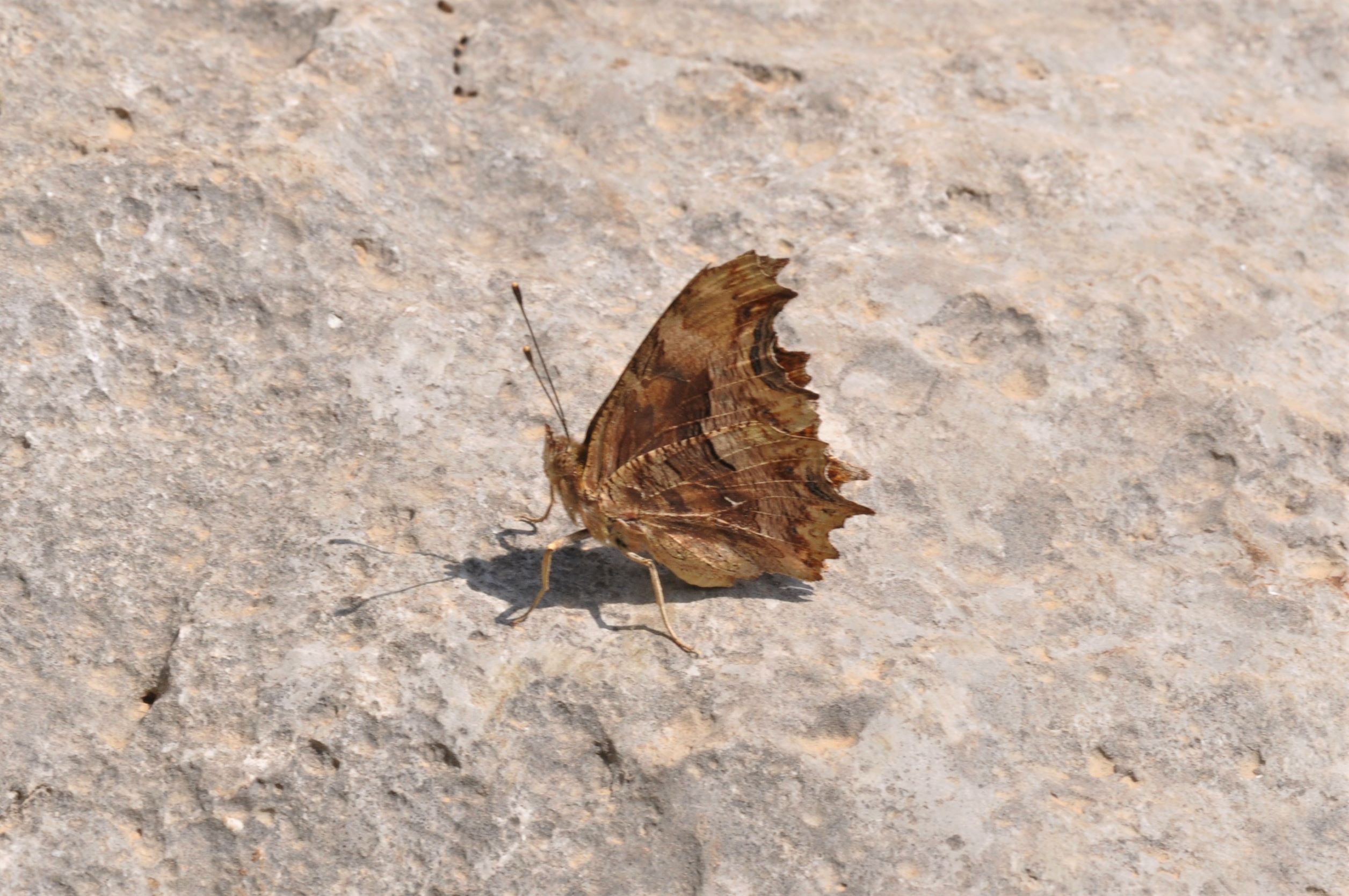
1a. Polygonia egea, distribution map (09.i.2025).  Historical data ; Historical data ;  Additional data from the 2018 update ; Additional data from the 2018 update ;  New observations since the 2018 update. New observations since the 2018 update.
1b. Polygonia egea upperside. Krujë, Albania (© Johan Staelens)
1c. Polygonia egea underside. Greece (© Sylvain Cuvelier)
1d.
Polygonia egea upperside. Greece (© Sylvain Cuvelier)
1e. Habitat of Polygonia egea. Greece (© Sylvain Cuvelier)
1f. Polygonia egea underside. Greece (© Sylvain Cuvelier)
Description
♂♂
Medium size butterfly. Fw: 22-23 mm.
Ups: bright orange-brown gc, few small dark markings.
Uns: minute dark striae in postdiscal areas, second generation darker (forma j-album)
Unh: V or Y mark at cell-end.
♀♀
Similar.
Similar species
Life cycle
Adults: early spring to March after overwintering, two generations from May to October.
Egg: short stage.
Caterpillar: short stage.
Pupa: short stage.
Habitat
Polygonia egea inhabits stony gullies and rocky walls, often found in old villages from lowland up to 1500 m a.s.l.
Spatial requirement moderate, population density can be high.
Foodplants
Caterpillars feed on Parietaria officinalis and P. judaica also mentioned are Urtica dioica, Salix caprea and Ulmus glabra.
Butterflies feed on a variety of flowers.
Distribution
Albania: local.
Balkan: AL - BG - BIH - GR - HR - NMK - MNE - RKS - RO - SLO - SRB
Europe: IB - IT - ALP* - BAL - NWE - UK - SCA - EEU*
Asia Minor, Near East, Transcaucasia, Caucasus and further east.
Conservation status
Polygonia egea is not endangered.
Albanian Red List: NE.
IUCN Red List, category at the Mediterranean level: LC.
Useful links
Pyrgus.de
Lepiforum
Euroleps
|
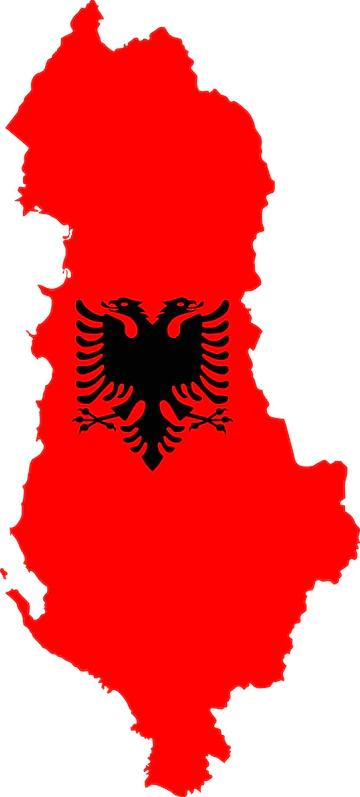 xx
xx 


 Historical data ;
Historical data ;  Additional data from the 2018 update ;
Additional data from the 2018 update ;  New observations since the 2018 update.
New observations since the 2018 update.